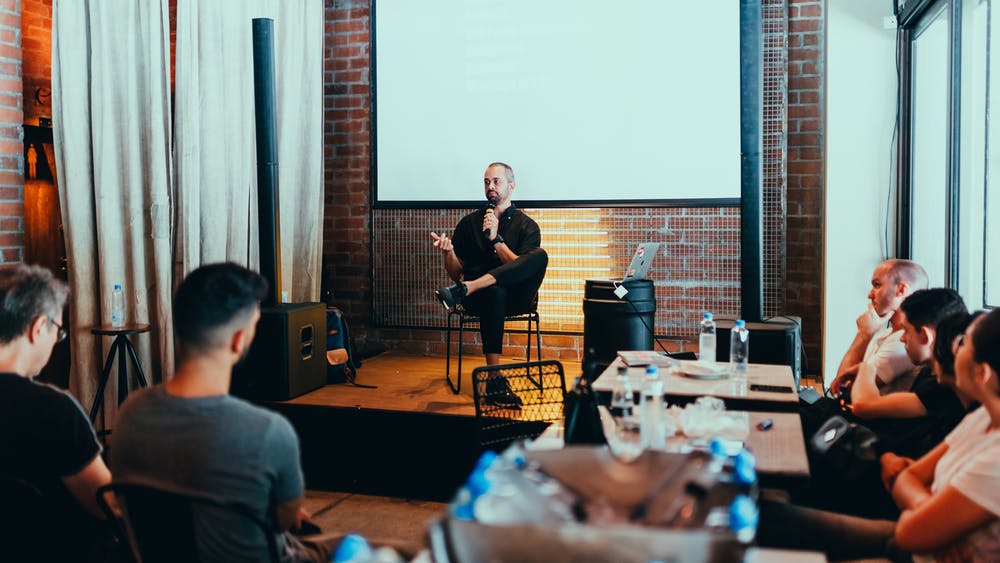THE ART OF BEING UNDERSTOOD by Elushade Oluwatumininu
At a point in time, I taught Chemistry and Math, and for each class, there was a phrase I disliked hearing: “I don’t understand.” This phrase is honestly heartbreaking. I would have spoken in perfect English, used great illustrations and broken down the course, or so I believed. It would just feel like wasted work once I hear those words. As the nice teacher that I am, I would do my best to explain again. Whether it is in the workplace or on the dinner table, we all want to be understood.
This art of communication involves skill and tact. Effective communication is only completed when the receiver of any message comprehends and makes decisions with information given.
It is easy to assume that the receiving party is responsible for not understanding, but being understood is you. Effective communication is highly essential to productivity, innovation and development.
There are three basic ways to ensure that your message is passed across.
- Listen
In most conversations, listening to the other person can urge you to cut him short and voice out your opinion. This is the worst thing you could do to be understood, because the same energy is returned and communication is not achieved.
The best thing to do is listen attentively to the person and show you are following. While in this silent mode, you can assess what the person is saying in your mind.

The beautiful thing about listening is that you have allowed the other party to trust you and also listen to what you have to say. This is the fundamental thing in being understood, being able to hold on for the other to talk. Some people do go on and on, but once they realise that you are actually following, they know when to stop.
Like Epictetus ( a Greek philosopher) once said, we have two ears and one mouth, which means so we can listen twice as much as we speak. Think about that.
2. Simplify
William Shakespeare said, “Brevity is the soul of wit”. I would say, “True intelligence is being able to simplify the complex.”
Except one is in a purely academic and professional setting, periphrastic and grandiloquent words (don’t bother checking the dictionary) are not necessary.
The best communicators are those who are able to make the most complex things as basic as can be. This implies that while you talk to people, try not to talk over their heads, and speak in a manner that they will understand.
Once you get this trick right, your listeners will love it every time you talk.
3. Don’t rush
The real #dontrushchallenge has not so much to do with wearing make up and looking good. The challenge comes with speaking in a way that people can follow. It is usually difficult to speak in a paced manner especially when your thoughts are travelling with the speed of light, and you feel like Einstein.
You will have to press the brakes and keep it slow and steady. This doesn’t mean you talk in a way that gets listeners sleeping, you have to get the balance.
You can also take pauses as you speak so that not only your listeners can follow you but you don’t get ahead of yourself. Taking it steady puts you in charge of what you say and how you say it.

The art of being understood, like every other art is perfected by practice. Start with the next phone call or group call with your friends and colleagues.
If you go out, please talk with your mask on.
Until the masks are off, live, love and learn.
Yours,
Elushade Oluwatumininu.


Well said.
This is so we’ll put across.
I laughed at the part where you used big English words and now added, Don’t check the dictionary.
The #don’trushchallenge thing too got me.
Overall, I think people should apply the basic principles set out in this piece, especially the one about holding on and listening to people. Well done, brother!